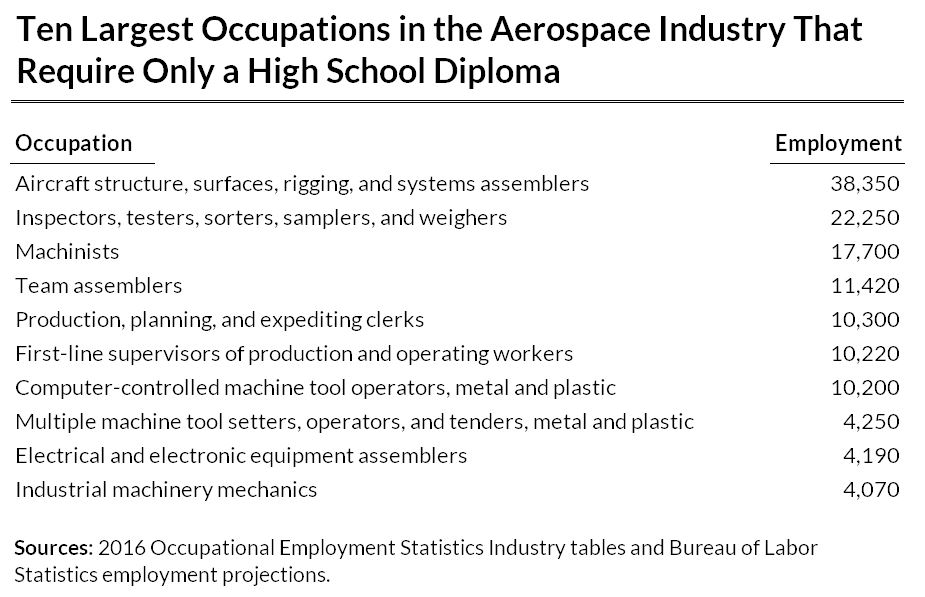
<p>The SpaceX Falcon Heavy launches from Pad 39A at the Kennedy Space Center in Florida, on February 6, 2018, on its demonstration mission. Photo by Jim Watson/AFP/Getty Images.</p>
On February 6, SpaceX launched Falcon Heavy, the most powerful rocket in operation, from a launchpad at Cape Canaveral, Florida. The launch was even more impressive because of the synchronized return journey of the two booster rockets. Reusable launch systems and vehicles will substantially reduce the costs of space exploration.
Much of the attention for this impressive achievement was showered on SpaceX founder Elon Musk. Beyond the celebrity billionaire, most people think of these launches as the achievement of a team of highly educated rocket scientists.
The image of an aerospace engineer or astronomer in a white lab coat has been reinforced by Hollywood for decades, but it is a skewed picture of the workforce it took to launch Falcon Heavy.
Who makes up the aerospace industry workforce?
Despite the Hollywood fantasy, science and technology in the United States is driven by the efforts of highly skilled technicians, programmers, and machinists working in concert with their PhD-wielding peers.
The Bureau of Labor Statistics collects detailed information on the workers employed in each sector of the economy and the educational requirements for these workers. These data paint a portrait of the educational requirements of the aerospace industry.
More than half the jobs in the aerospace industry do not require a bachelor’s degree, and most only require a high school diploma. Aerospace employees with a high school diploma work as welders, machinists, inspectors, and assemblers. Some of these skilled positions require additional on-the-job training and certifications but do not require a college education. Postsecondary nondegree awards and associate’s degrees are typically required for mechanic, engineering technician, or tool and die maker jobs.

Aerospace jobs that only require a high school education are not numerically concentrated in nontechnical positions. Skilled technical jobs are more common than nontechnical support jobs. All 10 occupations in the aerospace industry that require only a high school diploma are either skilled production occupations or skilled supporting occupations like inspectors or planners. These workers are in regular contact with aerospace engineers, and the launch of Falcon Heavy would have been impossible without them.

The Bureau of Labor Statistics data presented here are limited because they are for the aerospace sector as a whole. Detailed occupational data on the space vehicle manufacturing industry are not available.
It’s possible that at SpaceX, there are fewer technicians and machinists and more engineers and scientists than in the rest of the aerospace industry. It’s also possible that the engineers at SpaceX are more likely to need a master’s or doctoral degree, even though engineers generally only need a bachelor’s degree.
Nevertheless, even in space vehicle manufacturing, highly skilled workers without a bachelor’s degree play a key role that is often ignored. When the public praises the billionaire and the rocket scientists who helped launch Falcon Heavy, they should also recognize the skilled workers who helped achieve liftoff.
Let’s build a future where everyone, everywhere has the opportunity and power to thrive
Urban is more determined than ever to partner with changemakers to unlock opportunities that give people across the country a fair shot at reaching their fullest potential. Invest in Urban to power this type of work.